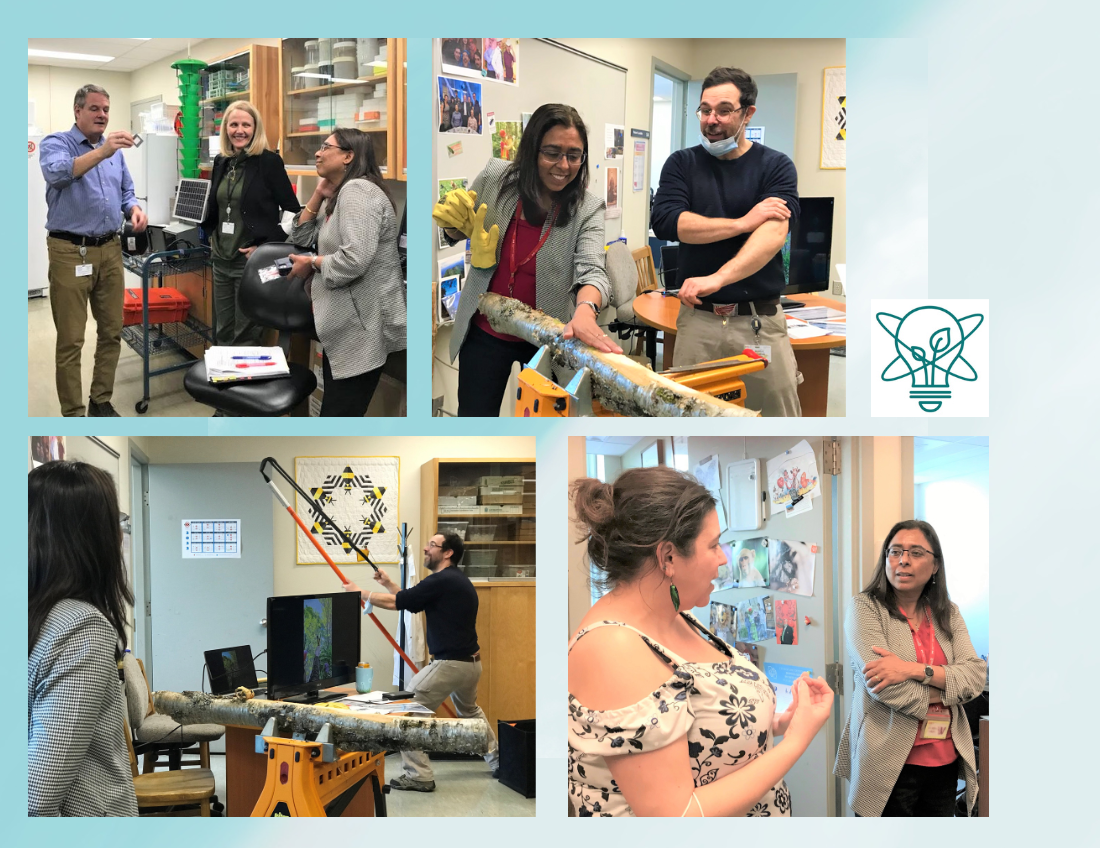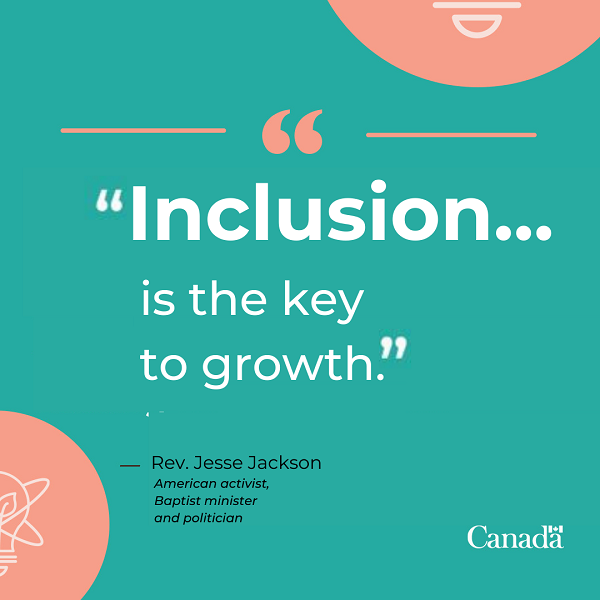Growing up, Ranjana Sharma would read everything she could lay her hands on in her family’s small library. Little did she know that the inspiring words and images she found in those captivating books and magazines would eventually lead her to a fascinating career. Now Dr. Sharma, Chief Scientist at Natural Resources Canada (NRCan), she stands at the centre of “everything science” and still finds the energy to support women and youth in the STEM fields through culture change.
March 2023
Growing up, Ranjana Sharma was inquisitive and quickly learned to question everything. It’s a practice that still resonates with her as NRCan’s Chief Scientist. She needs to read quickly, absorb a lot of information and make connections. These are important abilities for anyone; but they’re especially valuable for Dr. Sharma as the most senior scientific authority at NRCan, a department that stands at the leading edge of science and technology.
Her office is a place where science policy and evidence-based decision-making intersect. It’s where she oversees the integration of science policy for a department that has more than 2,000 scientists and technical staff in various specialties from energy efficiency to forest pest research to natural disasters, like floods and earthquakes.

Dr. Sharma visits the offices and labs at the Laurentian Forestry Centre in Quebec. Photos: Nathalie Chaperon.
Finding energy with every interaction
Her days are filled with high-level discussions about the future of science. She responds to highly complicated global challenges and opportunities, including climate change and the circular bioeconomy that emphasizes renewable resources while minimizing waste. While she’s energized by big-picture thinking, Dr. Sharma is an experienced molecular biologist who is equally as energized by visiting labs. “What inspires me is when I hear from the scientists first-hand about their work creating what could be small but powerful innovations,” she says. “That’s when you can see how their work has an impact on society or on NRCan as a department.”
She was recently in Quebec, where she visited NRCan facilities in Quebec City and CanmetENERGY in the Montreal suburb of Varennes, where work is being done to develop efficient science and technologies for a low-carbon future. She met with researchers who are tracking emerging pests, such as the elm zigzag sawfly, and others who are mapping changes in Canadian forests through spatial science. These are specialists who measure and monitor the physical aspects of Earth’s surface — the mountains, the valleys, the deserts, the oceans. “It’s inspiring to learn from the scientists how they collaborate extramurally and with other science-based government departments to address the continuum of science issues,” she says.
A long-acknowledged “leaky pipeline”
One of her key priorities is to help establish parity in science through culture change. She’s committed to combating all forms of racism, and she actively encourages women and youth to stay engaged in science. “There’s a long acknowledged ‘leaky pipeline’ of many women entering STEM programs,” she says, “but few women arrive at the highest levels of science and science management. There’s a need to remove the systemic barriers so that the women at entry-level science positions are empowered to continue their passion and achieve success.”
Along the way, she’s been a diversity and inclusion champion. “If we bring in small changes toward inclusion, we all win in the long run!”
Question everything

For young girls — or anyone for that matter — Dr. Sharma shares this advice: “Question everything. See things from as many different angles as possible. Ask yourself, ‘How do you go about problem-solving in a non-conventional way?’ There’s no one, straight path. If everyone else is looking at a problem one way, look at it from another angle. Who knows what you might discover?”
It’s a practical and effective approach governments and scientists relied on to navigate the COVID-19 pandemic. “It’s a really exciting time in science, because the post-pandemic period has provided a set of opportunities we never would have realized,” she says. “During the pandemic there was no time to say, ‘We’ve never done it like that before.’”
Bringing it to NRCan
And it’s a sensibility she sees in action every day at NRCan, one that allows the space to be innovative through calculated risk-taking when possible. “We’re thinking more about the circular bioeconomy,” she points out. “We have extensive natural resources available, but must consider how can we add value so we’re not just looking for material resources but making changes to the value of those operations, from discovery to adoption.” And she makes the further point that it’s also important to continue researching to find more efficient approaches and processes to manage our extensive natural resources.
New solutions need to be encouraged and nurtured, she says. And that means looking at things from unfamiliar and different angles, including integrating emerging technologies. Artificial intelligence, quantum technology and sharing science on NRCan’s open science data platform — these and other exciting new features of the digital age are changing the way science is conducted, and Dr. Sharma is at the centre of it all. “I keep thinking, how can I bring those elements to be integrated? Because that’s the future of science.”
Seeing nature in everyday life
It’s a long way from when Dr. Sharma grew up. She’ll always remember where her curiosity began. “I was captivated from a very young age. I would go through these books, go outside, and then look at nature with completely different eyes. I’d ask the questions, ‘Why does this flower come up in summer, not winter? Why this, and why not that?’ I was always inquisitive, and one aspect of that was seeing how nature related to my everyday life.”
Prior to joining the public service in 2003, she enjoyed a successful career as a molecular biologist working in different areas of science, from cancer research to agriculture. Most recently, Dr. Sharma was at Public Services and Procurement Canada in the Laboratories Canada program, whose activities support the ambition of thinking about the future of science in transformational ways. “I worked on a great team with leaders who were equally ambitious, which allowed us to see science policy interface in a practical way.”
Dr. Sharma now brings her life experience, her unique point of view and her professional talents to the office of Chief Scientist. She’s excited to play an active role in the world-leading, generation-defining scientific research conducted at NRCan.